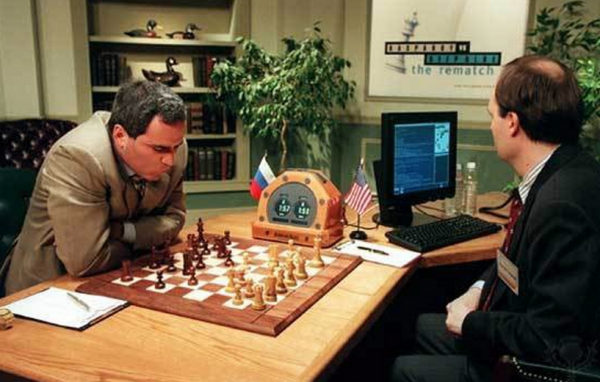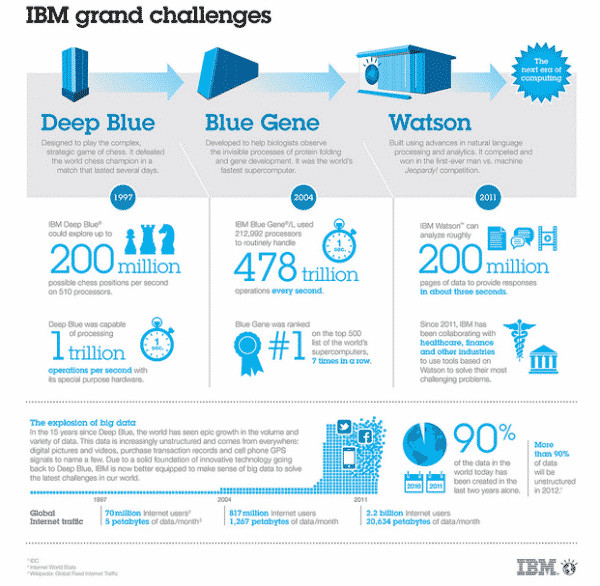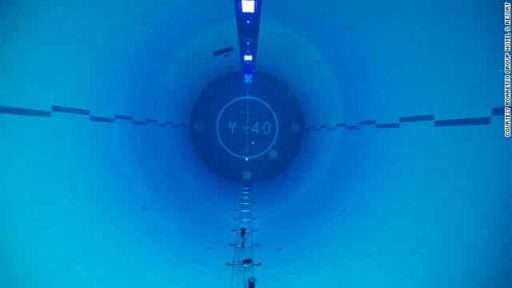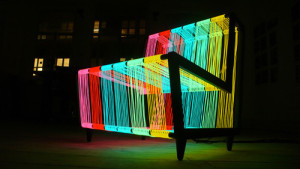In May 1997 a different kind of Chess game began, which draw the attention of the whole world. It was a game between a man and a machine. The man was none other than the world champion chess player Garry Kasparov, and the machine was IBM’s supercomputer Deep Blue. After several days and six matches, Deep Blue beat the world champion on 11 May, 1997 – two wins for Deep, one win for Garry Kaparov and three draws. Yesterday, IBM celebrated the 15 anniversary of Deep Blue’s historic victory.
Fifteen years ago, Deep Blue was part of a mission that culminated in IBM’s creation of a supercomputer that beat world champion Garry Kasparov in a chess contest. Researchers were trying to check the ability of artificially intelligent computers to handle the complex calculations that could help discovering new medical drugs; do the broad financial modeling to identify trends; handle large database searches; and perform massive calculations needed in many fields of science. To run the experiment on the limits of artificial intelligence, the game of chess seemed to be the perfect fit. The game was a collection of challenging problems for minds and machine.
However, the mission didn’t started in 1997. It held its root back in 1989, when Feng-hsiung Hsu and Murray Campbell, who were engaged in making a chess playing machine – ChipTest,were hired by IBM to work at IBM Research. There, they continued their work with the help of other computer scientists, including Joe Hoane, Jerry Brody and C. J. Tan. The team named the project ‘Deep Blue’. In 1996, the earlier version of Deep Blue lost the game to the chess champion Garry Kasparov and therefore a ‘rematch’ took place in 1997 where Garry Kasparov lost the game to an upgraded version of IBM’s chess-playing computer ‘Deep Blue’.
If you’d like to know more, we’ve got a video of Dr. Murray Campbell explaining various facets of the Deep Blue project. Take a look.
Source : IBM
Thanks To : Techcrunch
[ttjad keyword=”laptop-alienware”]




